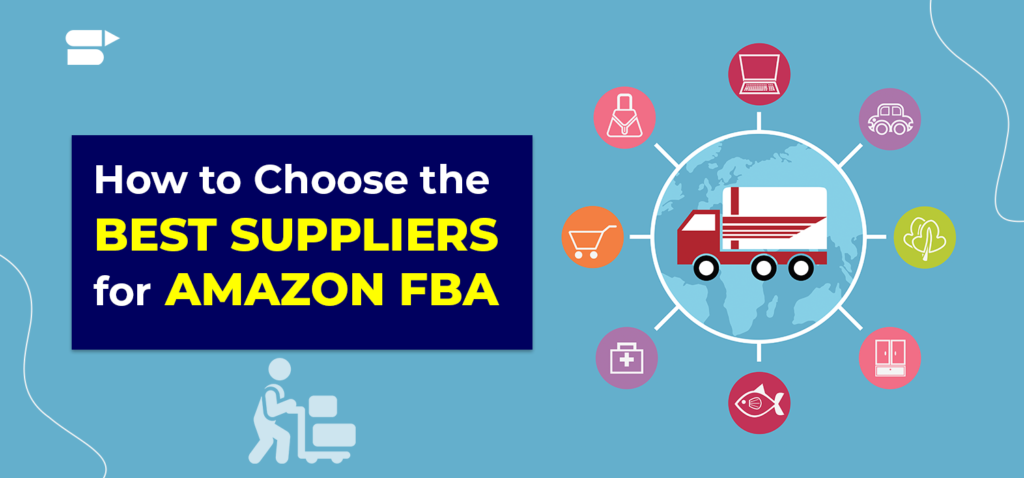
In the rapidly evolving world of Amazon wholesale, smart sourcing is the cornerstone of profitability. With increasing competition and dynamic market trends, identifying high-margin products swiftly is more crucial than ever. This comprehensive guide delves into effective strategies to help you uncover profitable products and optimize your sourcing process in 2025.
1. Understanding the Current Landscape of Amazon Wholesale
The Importance of Smart Sourcing
Smart sourcing involves identifying products that offer high demand, low competition, and substantial profit margins. In 2025, factors such as global supply chain shifts and evolving consumer behaviors have made strategic sourcing indispensable for Amazon sellers.
Navigating Tariff Challenges
Recent developments, including increased U.S. tariffs on Chinese imports, have impacted sourcing decisions. Amazon has responded by offering selective financial relief to affected vendors, though with certain conditions . Understanding these dynamics is essential for maintaining profitability.Reuters+1Business Insider+1Business InsiderThe Techload+1Super International Shipping+1
2. Leveraging Data-Driven Product Research
Utilizing Amazon Sales Rank (BSR)
The Best Seller Rank (BSR) is a valuable metric for gauging product demand. A lower BSR indicates higher sales volume, helping you identify trending products .Your Selling Guide by Nikki Kirk
Employing Advanced Research Tools
Tools like Jungle Scout, Helium 10, and AMZScout provide insights into sales trends, competition levels, and keyword performance. These platforms enable you to make informed sourcing decisions based on real-time data.
3. Identifying High-Profit Products
Criteria for Selection
- Demand: Consistent sales history and positive customer reviews.
- Competition: Limited number of sellers, especially Amazon itself.
- Profit Margins: Aim for products with at least a 30% profit margin after all expenses.
Exploring Niche Markets
Focusing on niche markets can reduce competition and increase profitability. Products catering to specific interests or needs often have dedicated customer bases willing to pay premium prices.
4. Building Strong Supplier Relationships
Sourcing from Verified Suppliers
Partnering with reputable suppliers ensures product quality and reliability. Platforms like SaleHoo, Worldwide Brands, and ThomasNet offer directories of verified wholesalers.
Negotiating Favorable Terms
Establishing long-term relationships with suppliers can lead to better pricing, flexible payment terms, and priority access to high-demand products.
5. Optimizing Inventory Management
Balancing Stock Levels
Maintaining optimal inventory levels prevents stockouts and overstock situations. Utilize inventory management software to forecast demand and automate reordering processes.
Leveraging Fulfillment by Amazon (FBA)
FBA simplifies logistics by handling storage, packaging, and shipping. This allows you to focus on sourcing and scaling your business.
6. Adapting to Market Trends
Embracing AI and Automation
Artificial intelligence is transforming wholesale distribution by enhancing operational efficiency and customer experience . Integrating AI tools can streamline your sourcing and inventory management processes.The Future of Commerce
Staying Informed on Industry Developments
Regularly monitor industry news and updates to stay ahead of market shifts. Understanding emerging trends enables you to adjust your sourcing strategies proactively.
7. Implementing Effective Pricing Strategies
Competitive Pricing Analysis
Regularly analyze competitor pricing to ensure your products remain attractive to buyers. Adjust prices based on market demand, seasonality, and cost fluctuations.
Utilizing Repricing Tools
Automated repricing tools help maintain competitive pricing while protecting profit margins. These tools adjust your prices in real-time based on competitor activity and market conditions.
8. Enhancing Product Listings for Visibility
Crafting Compelling Listings
High-quality images, detailed descriptions, and relevant keywords improve product visibility and conversion rates. Ensure your listings accurately represent the product and address customer needs.
Incorporating SEO Best Practices
Optimize your listings with targeted keywords to improve search rankings. Utilize tools like Helium 10’s Scribbles or AMZScout’s Listing Builder to identify and implement effective keywords.
9. Scaling Your Amazon Wholesale Business
Diversifying Product Portfolio
Expanding your product range reduces dependency on a single product and mitigates risk. Explore complementary products or related niches to broaden your market reach.
Exploring International Markets
Consider expanding into international Amazon marketplaces to tap into new customer bases. Understand the regulatory requirements and market dynamics of each region before entering.
10. Continuous Learning and Adaptation
Investing in Education
Stay updated with the latest industry trends, tools, and strategies through courses, webinars, and industry events. Continuous learning equips you to adapt to the ever-changing e-commerce landscape.
Networking with Industry Peers
Engage with other Amazon sellers through forums, social media groups, and networking events. Sharing experiences and insights can provide valuable perspectives and opportunities for collaboration.
Conclusion
Smart sourcing is the linchpin of a successful Amazon wholesale business. By leveraging data-driven research, building strong supplier relationships, and staying adaptable to market trends, you can identify profitable products swiftly and scale your business effectively. As the e-commerce landscape continues to evolve, staying informed and proactive will position you for sustained success in 2025 and beyond.
For more insights and resources on Amazon wholesale strategies, visit our website: Amazon Wholesale Supplier.
